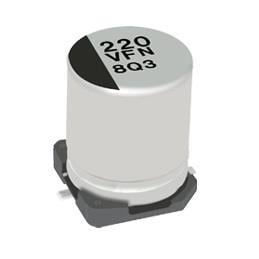In a project we're working on, we had an electrolytic capacitor explode on us. It was a surface mount device, UCM1H470MCL1GS from Nichicon:
So far, we've seen our project run for many hundreds of hours without incident, so I'm fairly sure there is no fundamental error in the circuit causing these capacitors to be subject to over-voltage (they have a regulated 24v voltage across them).
However, our project does experience a lot of vibration and shock loading.
Question: Is it possible for vibration to cause a capacitor to fail short circuit, or in some other way that causes it to produce clouds of smoke?
The datasheet mentions the importance of careful handling, but doesn't seem to specify the failure modes in the case of mechanical abuse.



